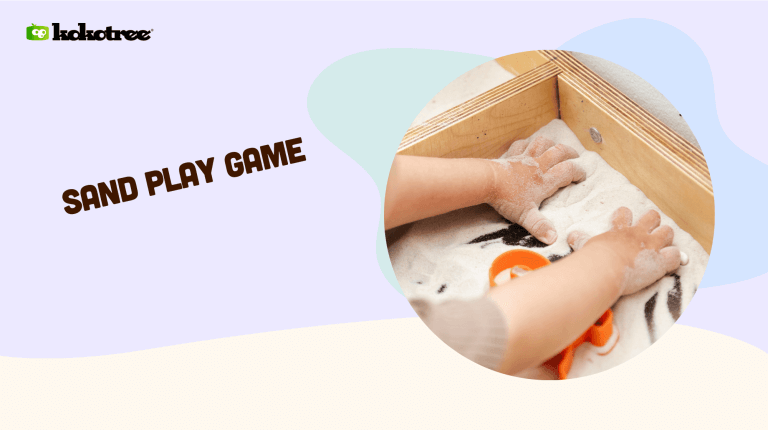

Written by: Kokotree
Last updated:

Delve into a world of discovery and learning with Sand Play, a well-loved pastime among kids for generations. More than just a fun way to spend time, Sand Play promotes a multitude of essential skills for children in their early years of learning. Get ready to uncover the magic in the sandpit to stimulate tactile senses, learn about measurements, and open a gateway of academic benefits.
Sand Play is an open-ended, hands-on activity where children manipulate sand to build various objects, explore textures, and engage in imaginative play. While seemingly simple, it forms a vital cornerstone for early childhood development, fostering creativity, sensory processing, cognitive thinking, and an array of other crucial skills.
For ages 2-6. They watch and play for 20 minutes. You get a break.
⭐ 5,000+ parents get daily breaks with Kokotree.
Try it Free →Works in 30 seconds • No credit card • Cancel anytime
The fundamental purpose of Sand Play is to facilitate sensory exploration, cognitive development, and interactive learning in a fun, stress-free environment. It’s an optimal platform for enhancing creativity, understanding measurements, refining motor skills, and embedding scientific concepts such as texture and volume.
Sand Play is rich in learning opportunities aiding:
To keep the sandpit exciting, try these fun variations:
Follow these preschool safety measures to ensure a positive sand play environment:
In conclusion, Sand Play presents an excellent resource for hands-on learning, discovery, and precious fun-filled memories. From games for kids to structured learning opportunities, it cultivates countless essential developmental skills. So, why wait? Go ahead, get your hands grainy, and let the fun unfold in your very own sandbox!



